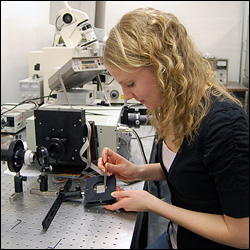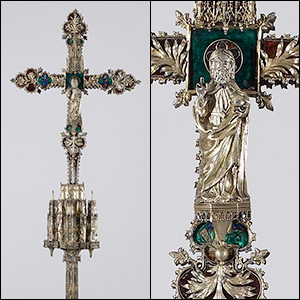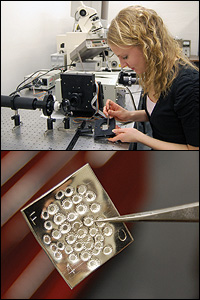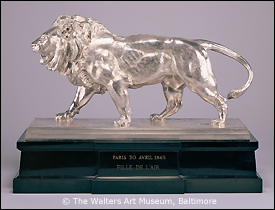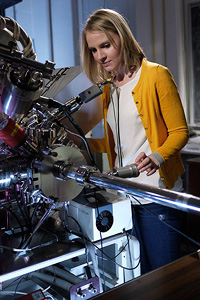News Story
See How Materials Scientists and Conservators are "Silver Savers"
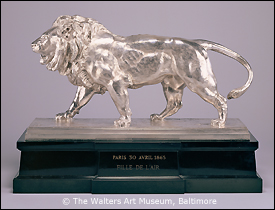
Antoine-Louis Barye, Walking Lion; Striding Lion (Racing Trophy), 1865, silver on marble plinth, 19 1/2 x 26 3/4 x 8 3/4 in., The Walters Art Museum, Baltimore. This sculpture, whose detailed surface makes it difficult to protect from tarnish, would be a prime candidate to receive a new, nanometers-thick coating being developed by materials scientists and conservators at the Walters Art Museum and the A. James Clark School of Engineering at the University of Maryland. Image courtesy of the Walters Art Museum.
In April 2011 the National Science Foundation's Science Nation web site, which highlights scientific discoveries for the public, debuted a video segment about the project called "Silver Saver," narrated by former CNN chief technology and environment correspondent Miles O’Brien.
The video is available above and online at:
- Science Nation: "Silver Saver" »
(video and story) - MSE's YouTube Channel »
- MSE's Videos Page »
(includes .mov format)
Published April 18, 2011
